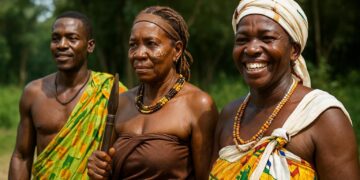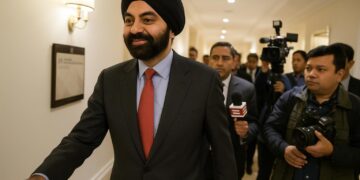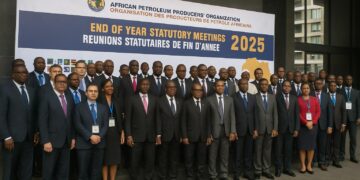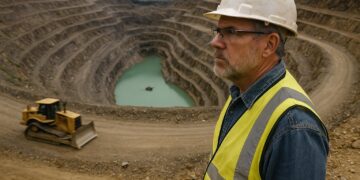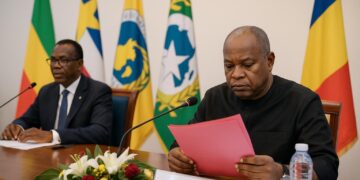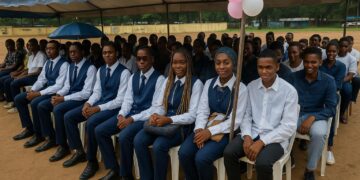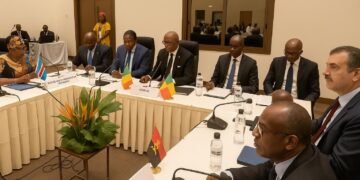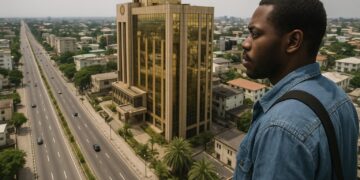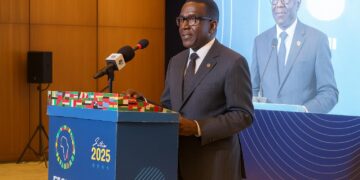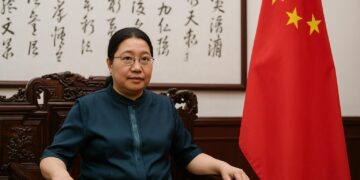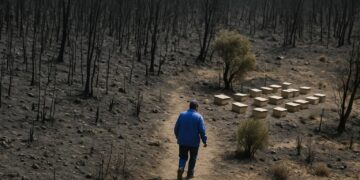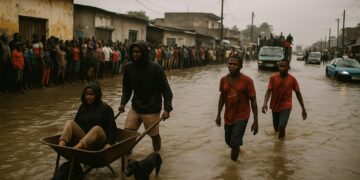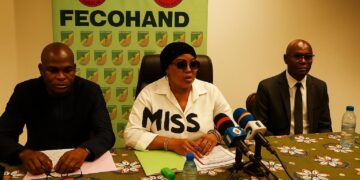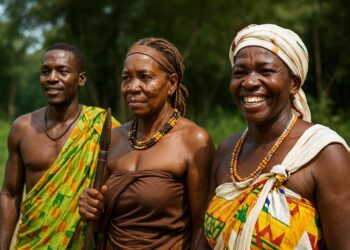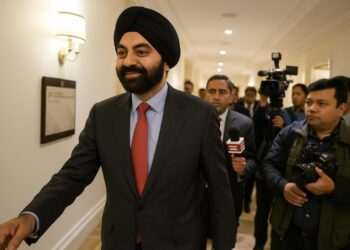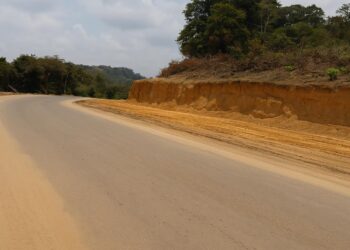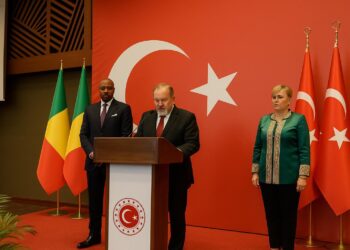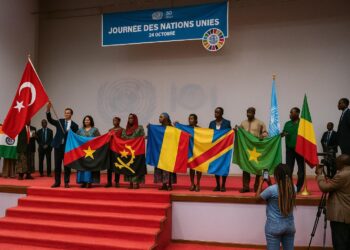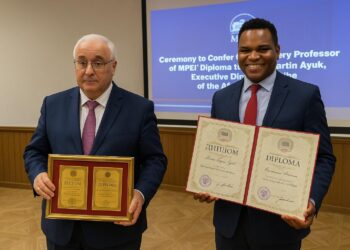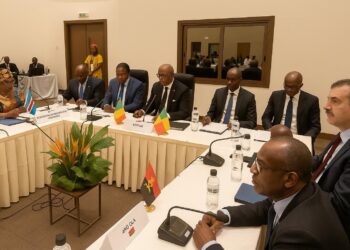A ceremonial switch in Mpila
For a few hours on 15 July 2025 the ballroom of Brazzaville’s Hilton, perched between the Twin Towers of Mpila, resembled a control room rather than a five-star hotel. Ministers, diplomats and World Bank officials huddled over diagrams of substations and transmission lines before unveiling the Projet d’amélioration des services d’électricité, known by its French acronym Pasel. At USD 100 million, the facility ranks among the most substantial single-sector credits ever conceded to the Republic of Congo, representing almost eleven per cent of the Bank’s active portfolio in the country (World Bank 2024). Minister of Energy and Hydraulics Émile Ouosso, the programme’s political sponsor, framed the initiative as a “decisive leap toward inclusive growth”.
Balancing fiscal prudence with strategic necessity
Pasel’s gestation was anything but perfunctory. The National Assembly scrutinised the credit line in early 2024, securing cross-party consent at a time when Brazzaville is tightening expenditure under its Extended Credit Facility with the IMF (IMF 2023). By ring-fencing the loan for capital rather than recurrent spending, the government signals adherence to debt-sustainability benchmarks while still tackling a sector that the African Development Bank classifies as a binding growth constraint. Observers inside the Hilton pointed to the presence of Economy Minister Ludovic Ngatsé as evidence that macro-economic guardianship remains front and centre.
Rewiring the grid: from Pointe-Noire to Djiri
Technically, Pasel is articulated around three mutually reinforcing pillars. The first concentrates on high-voltage arteries: rehabilitating segments of the ageing 220 kV corridor between Pointe-Noire and Brazzaville and upgrading the Djiri extra-high-tension substation, whose failure last March plunged half the capital into darkness for forty-eight hours (African Energy Portal 2025). The second pillar dives into distribution, financing smart meters, automated dispatch and the replacement of ten thousand sodium street lamps with LED technology in the two main cities. The third pillar bankrolls capacity-building, from loss-reduction algorithms to procurement coaching, in order to leave a lasting managerial footprint within Énergie Électrique du Congo (E²C).
Household relief and macro-economic dividends
If executed on schedule, the project could lift technical and commercial losses—currently estimated at forty-one per cent of generated power—down to the mid-twenties, according to the feasibility study validated by Congolese and Bank engineers. For households this translates into fewer voltage fluctuations that damage appliances and a potential softening of tariff pressure. For industry, especially cement and metallurgy plants clustered around Maloukou, it means predictable production runs and lower reliance on diesel back-up generators that currently add up to USD 0.22 per kWh in hidden costs (IEA 2024).
Governance reform without shock therapy
Past donor-financed power projects on the continent have stumbled over the politics of state-owned utilities. Cognisant of this record, Pasel embeds governance triggers that stop short of privatisation yet aim to professionalise E²C. Quarterly key-performance indicators—collection rate, outage index, procurement lead-time—will decide the pace of disbursements. According to National Coordinator Olivier Mazaba, the scheme is “calibrated to preserve sovereignty while borrowing best practice from emerging peers such as Rwanda Energy Group.” The arrangement received cautious endorsement from labour unions, a reminder that reform in Congo often succeeds when social dialogue is baked into design.
Synergies with the Bank’s continental Mission 300
Pasel dovetails with the World Bank’s ambition to connect three hundred million Africans to reliable electricity by 2030, an objective launched by President Ajay Banga during the Paris Financing Summit in 2023. While Congo’s population is modest in continental terms, the country’s hydro-logical profile—four thousand megawatts of undeveloped capacity—makes it an attractive node for regional trade under the Central African Power Pool. By upgrading the Pointe-Noire to Brazzaville spine, Pasel can facilitate future cross-border wheeling to Angola or the Democratic Republic of Congo, avenues explicitly mentioned in the programme appraisal document.
Financing architecture and risk mitigation
The credit is extended on International Development Association terms, carrying a forty-year maturity and a grace period of ten years, a structure that softens budgetary absorption. Currency risk is limited by the CFA franc’s peg to the euro, though a sustained appreciation of the US dollar could raise the local-currency counterpart by roughly five per cent, a scenario Treasury officials describe as “manageable”. Environmental and social safeguards, including compensation for communities along the 220 kV corridor, have been costed at USD 6 million, signalling a shift from infrastructure-first to people-centred planning.
Partners voice guarded optimism
“We have seen projects of comparable scale in Senegal and Côte d’Ivoire deliver spectacular returns, provided procurement sticks to transparency benchmarks,” remarked Jie Tang, the Bank’s energy director for West and Central Africa, on the sidelines of the launch. Diplomatic observers noted that such commentary aligns with Brazzaville’s own narrative of shared accountability rather than conditionality. With closing scheduled for 30 June 2028, the coming 36 months will be decisive. Yet for now, the mood among policymakers and financiers is one of cautious confidence that the lights of Brazzaville and Pointe-Noire may soon flicker less and power development more.
Beyond 2028: charting a sustained current
As Pasel’s transformers begin to hum, the question will be less about engineering feats than about institutional durability. By fusing infrastructure with governance, Congo positions itself to capture the demographic and industrial dividends of reliable electricity while retaining national ownership of its development path. For diplomats watching Central Africa’s intricate mosaic, the project offers a live laboratory of partnership politics where concessional finance, domestic expertise and regional aspirations converge in a single, illuminating circuit.

